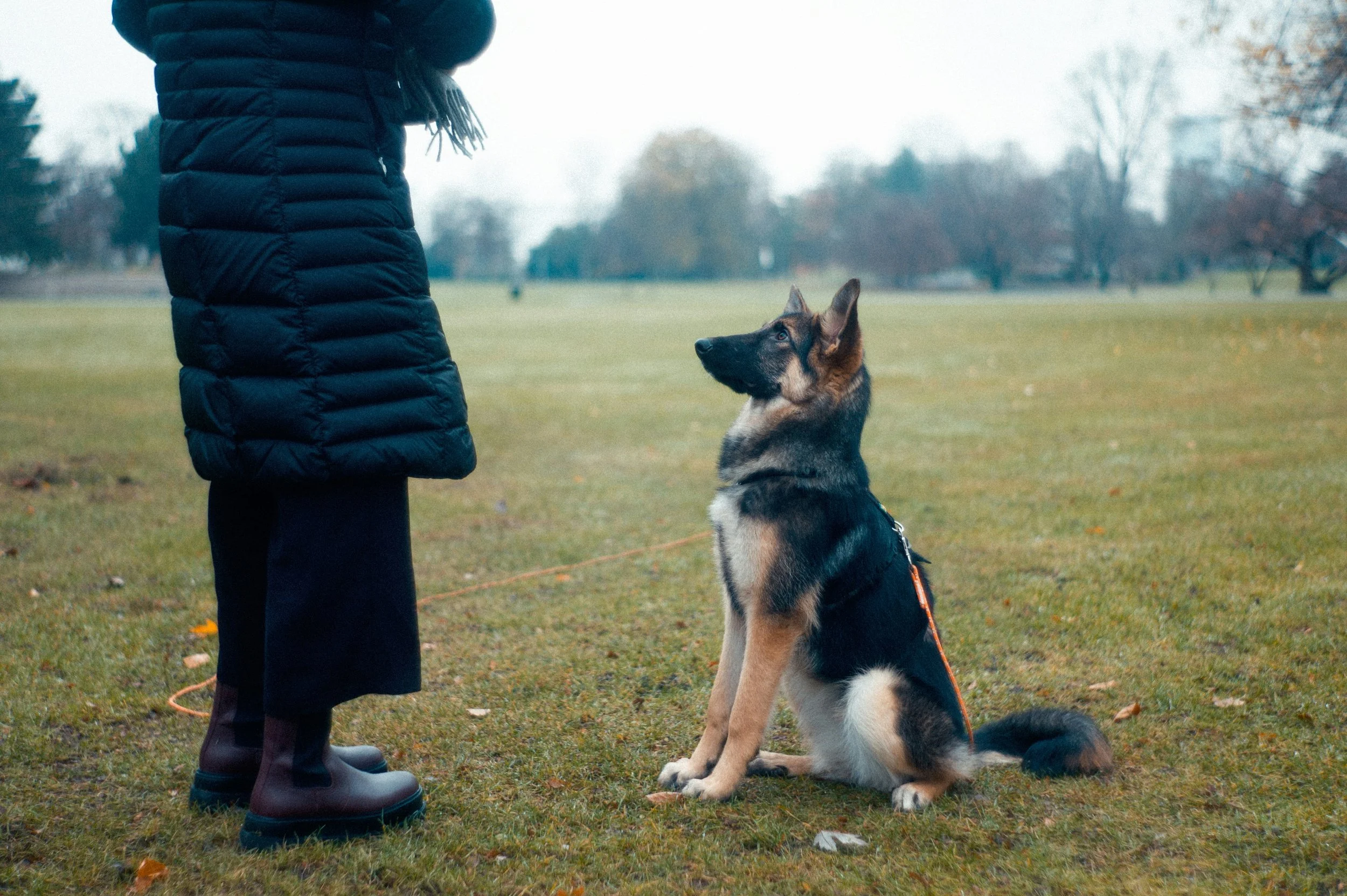Train the Resistance: Skills Every Citizen Pup Should Know
Photo by John Tuesday on Unsplash
From sit, stay, and paws up — here’s how to raise a well-trained pup who’s ready for action, rest, and everything in between.
Training isn’t just about obedience — it’s about communication, confidence, and community care. Whether your citizen pup is rallying at your side or chilling at a voter registration booth, these are the skills every justice-loving pup should have in their toolbelt (or treat pouch).
✊🏽 Why Training Matters for Activist Pups
Your dog doesn’t need to carry a sign or bark on cue to be part of the movement — but they do need to be calm, safe, and responsive in unpredictable settings. Training helps your pup:
Feel more secure in new environments
Stay grounded when tensions rise
Be a good neighbor (yes, even to the squirrels!)
Citizen Pup Core Curriculum: Skills That Matter
1. Focus & Engagement
Skills: name recognition, eye contact, “touch”
Why it Matters: This is the foundation of all training. If your dog can’t check in with you when the world gets noisy — literally or emotionally — it’s going to be tough to keep them safe. Practicing engagement in calm settings first gives your dog a clear signal: “Look at me first, and I’ve got you.” It’s essential prep for more crowded or chaotic environments. It keeps your dog tuned into you during distractions — especially when there’s chanting or clattering protest signs.
2. Settle & Stay
Skills: down-stay, mat/place work, crate training
Why it Matters: Protest days can be long. So are airport waits, outdoor meetings, and community tabling events. Teaching your dog how to settle — not just physically, but mentally — helps prevent overstimulation and exhaustion. A well-trained "place" cue is one of the most underused but powerful tools in the urban dog toolkit.
3. Noise Desensitization
Skills: Controlled exposure to sirens, shouting, skateboards, megaphones
Why it Matters: Even confident dogs can get rattled by sudden sounds. Training for this doesn’t mean flooding or forcing — it’s about gradually introducing your dog to new stimuli at their pace and pairing it with good things. This kind of prep work can help prevent flight responses or panic during public events.
4. Social Tolerance, Not Forced “Socializing”
Skills: Parallel walks, disengagement, loose leash walking around dogs
Why it Matters: One of the biggest myths I hear is that dogs need to be “socialized” by interacting with every dog they meet. In reality, your dog needs to be able to exist around other dogs without needing to engage — and that’s a skill we build, not just hope for. Let’s normalize dogs minding their own business. It’s safer, easier, and more respectful to all parties (furry and human).
5. Leave It & Drop It
Skills: Leave it cue (without needing to yell), drop it on command
Why it Matters: City streets are full of “edible” hazards: chicken bones, trash, rat poison, broken glass. A solid “leave it” can stop your dog before they even reach for something. A good “drop it” can save you both a vet visit and a lot of stress. These are non-negotiables for any dog that’s out and about regularly.
Bonus: Training Tips from a Dog Trainer
Use a force-free, science-backed approach to training. We’re applying learning theory in a way that’s ethical and humane. That means no fear, force, or pain.
Honor your dog’s capacity. Like us, dogs have nervous systems. Some days, they’re down to march. Other days, they just need cuddles and to relax at home.
Be trauma-informed. Rescue pups, reactive dogs, and those with a rough past deserve care-centered training and may not be well-suited to go to rallies or events where they can be triggered.
Next Steps
Sign up for a training class with a force-free, inclusive trainer (BIPOC- or LGBTQ-led if possible!)
Practice 10 minutes a day — in new places when you can
Consider getting your dog certified as a Canine Good Citizen (just for fun or future therapy work!)
